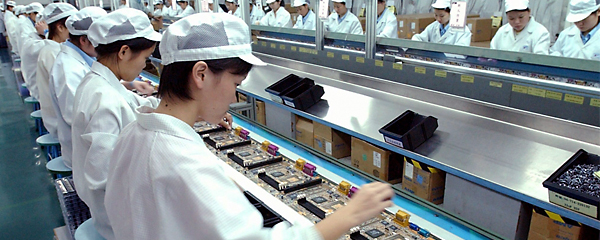14
Nov 2014
What is OEM and ODM?
What is OEM and ODM? Have you ever heard of them? These two acronyms are buzzwords in the manufacturing industry. While others have inaccurately thought that they can be used interchangeably, OEM, Original Equipment Manufacturer, is much different from ODM, Original Design Manufacturer. Buyers (that’s you!) provide the designs to suppliers the former, while manufacturers are the ones that take charge of the designs and overall specifications in the latter.
That sounds simple, right? It is! However, understanding these two types of manufacturing companies in depth, and not just by their definitions, will help you on choosing the right manufacturers for your business and products that you’d like to build or design. You must also keep in mind that both have some caveats and if overlooked, they could actually risk your business.
What is OEM?
Do you have a unique product design? Have you spent millions of dollars in research and development for that exceptional product, but you need a third-party company to assemble and make things happen for you? Then, you’d have to work with OEM companies for the manufacturing process.
Give them everything you’ve got on that blueprint and sell the finish products under your brand name. We don’t have to go further to think of examples: Apple spends on R&D and innovations with their own product lines and lets Foxconn work everything from scratch.
What is ODM?
Alternatively, if you want the manufacturer to create overall design and specifications of your product, you must search for ODM companies within your industry sphere. If you have limited resources in building and creating designs, ODM companies can turn your concepts into concrete and tangible items.
Tell them what you need and the expectations of the customers and stakeholders of your company. In this approach, the ODMs take care of the R&D, product concepts, testing and manufacturing.
More insights on OEM and ODM
OEM and ODM aren’t limited to technology and consumer electronics, they could also apply to fashion and other industries, depending on the business models and product designing process of the overseas buyers. China is one of the top global destinations for OEM and ODM sourcing.
In a nutshell, with OEM, you’re the provider of ideas and specs, while the ODM’s concept is the reverse of it.
But how far can you go working with these manufacturers? For OEMs, the greatest caveat is that allowing these manufacturers to see your top-secret product formulas could cause intellectual property rights breach and copycats of a product you’ve spent thousands of dollars for the R&D. So, you have to find a supplier or manufacturer that’s reliable and honest. Send someone to the on-site production to monitor the progress.
Meanwhile, for the ODMs, the greatest caveat is that the buyer has little or no control on the product specifications and designs. As a buyer, you have to set boundaries on these matters.
Choosing a method between the two depends on the type of products you want to sell, the resources you have and willing to invest, and budget on hand.
To mitigate them, make sure you assess the supplier before placing any purchase orders.
Source: Tradegood
See more at sbeinspection.com































